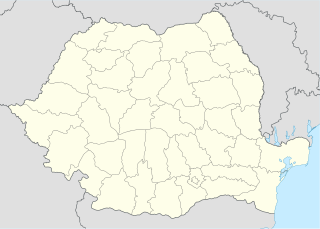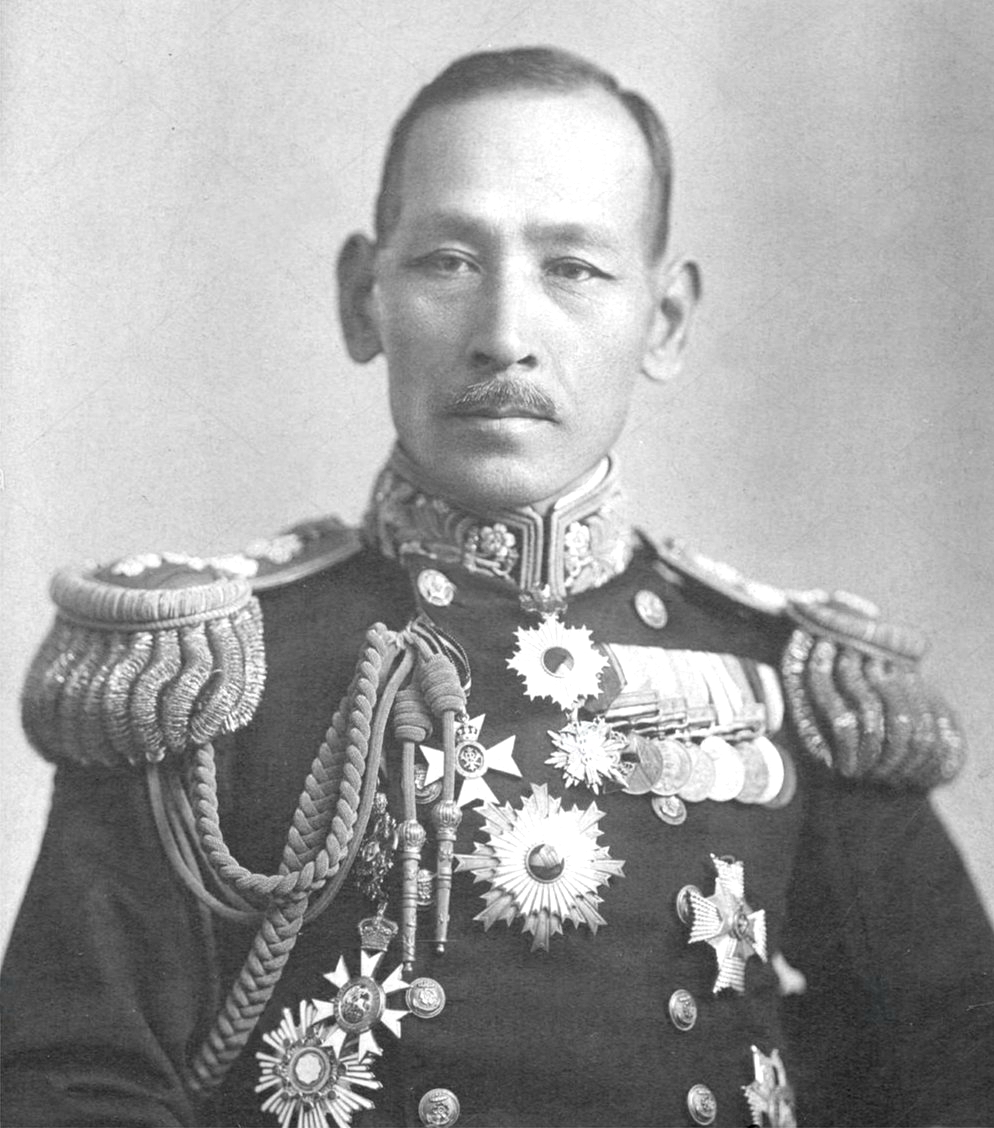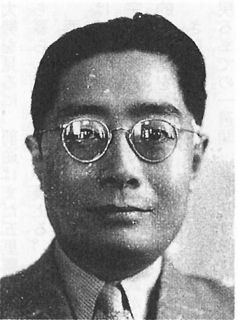This article includes a list of references, related reading or external links, but its sources remain unclear because it lacks inline citations .(March 2009) (Learn how and when to remove this template message) |
| Satō Shunji | |
|---|---|
| Born | September 12, 1896 Toyohashi, Aichi prefecture, Japan |
| Died | January 2, 1977 (aged 80) |
| Allegiance | Empire of Japan |
| Service/ | |
| Rank | Major General |
| Commands held | Unit 8604 |
| Battles/wars | World War II |
Satō Shunji(佐藤 俊二, September 12, 1896 – January 2, 1977) was a Japanese physician during the first half of the 20th century and a commander in the Imperial Japanese Army. From 1941 to 1943 he was chief of Unit 8604, a biological warfare unit that operated in Southern China. From 1944 onwards he was Chief of Medical Service of the IJA 5th Army.

A physician, medical practitioner, medical doctor, or simply doctor is a professional who practises medicine, which is concerned with promoting, maintaining, or restoring health through the study, diagnosis, prognosis and treatment of disease, injury, and other physical and mental impairments. Physicians may focus their practice on certain disease categories, types of patients and methods of treatment—known as specialities—or they may assume responsibility for the provision of continuing and comprehensive medical care to individuals, families, and communities—known as general practice. Medical practice properly requires both a detailed knowledge of the academic disciplines underlying diseases and their treatment—the science of medicine—and also a decent competence in its applied practice—the art or craft of medicine.

The Imperial Japanese Army was the official ground-based armed force of the Empire of Japan from 1868 to 1945. It was controlled by the Imperial Japanese Army General Staff Office and the Ministry of the Army, both of which were nominally subordinate to the Emperor of Japan as supreme commander of the army and the navy. Later an Inspectorate General of Aviation became the third agency with oversight of the army. During wartime or national emergencies, the nominal command functions of the emperor would be centralized in an Imperial General Headquarters (IGHQ), an ad-hoc body consisting of the chief and vice chief of the Army General Staff, the Minister of the Army, the chief and vice chief of the Naval General Staff, the Inspector General of Aviation, and the Inspector General of Military Training.

Unit 8604 was the Epidemic Prevention and Water Purification Department unit of the Japanese Southern China Area Army. It allegedly secretly researched biological warfare and other topics through human experimentation during the Second Sino-Japanese War (1937–1945) and World War II era. It was formed in Canton (Guangzhou), a city in southern China, and headquartered at Sun Yat-sen University of Medical Sciences.
In the Khabarovsk War Crime Trials carried out by the Soviet Union after the war he was convicted and sentenced to 20 years' incarceration. In 1956, due to the recovery of the Soviet-Japanese diplomatic relations, he was released after being held for seven years.
The Khabarovsk War Crime Trials were hearings held between 25–31 December 1949, in the Soviet Union's industrial city of Khabarovsk (Хаба́ровск), the largest city within the Russian Far East adjacent to Japan. There, twelve members of the Japanese Kwantung Army were tried as war criminals for manufacturing and using biological weapons during World War II.

The Soviet Union, officially the Union of Soviet Socialist Republics (USSR), was a socialist state in Eurasia that existed from 30 December 1922 to 26 December 1991. Nominally a union of multiple national Soviet republics, its government and economy were highly centralized. The country was a one-party state, governed by the Communist Party with Moscow as its capital in its largest republic, the Russian Soviet Federative Socialist Republic. Other major urban centres were Leningrad, Kiev, Minsk, Alma-Ata, and Novosibirsk.














